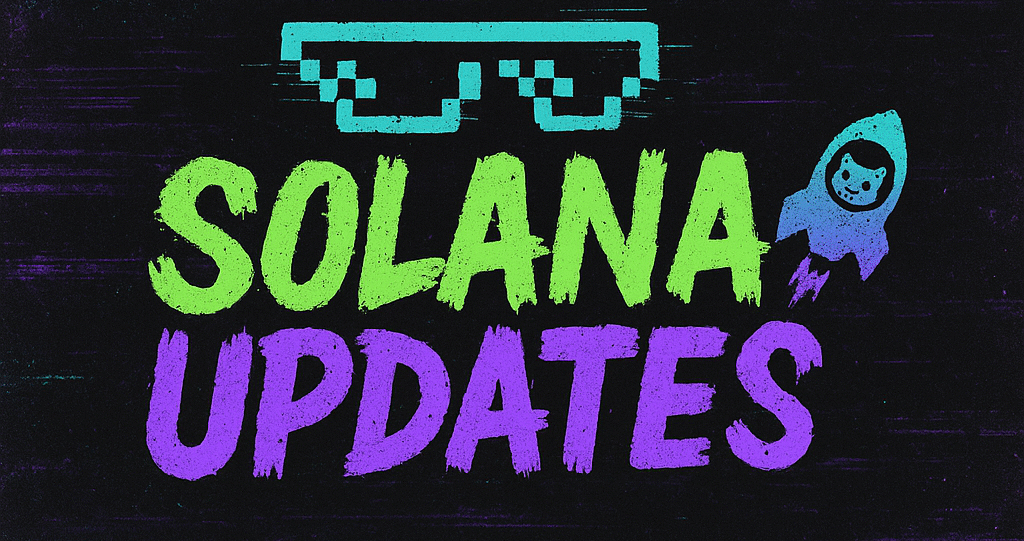Sherrod Brown Announces 2026 Senate Run Amid Crypto PAC Influence
In a move that has significant implications for both Ohio politics and the broader intersection of government and cryptocurrency, Sherrod Brown has officially declared his intention to seek re-election for his U.S. Senate seat in 2026. Brown, a seasoned politician known for his progressive stance on various issues, finds himself in the crosshairs of a burgeoning political force: cryptocurrency Political Action Committees (PACs).
The 2024 Senate Race: A Prelude
The 2024 Senate race in Ohio was a landmark event, not only for its financial magnitude but also for its demonstration of crypto’s burgeoning influence in American politics. Brown, who previously served as Ohio’s senator, faced a formidable opponent in Bernie Moreno. Moreno’s campaign was notably supported by substantial contributions from the crypto industry, making the contest one of the most expensive in Ohio’s history.
Moreno, a businessman with deep ties to the burgeoning blockchain sector, leveraged this financial support to mount a significant challenge. The influx of funds from crypto PACs underscored a growing trend where digital currency advocates are increasingly seeking to influence political outcomes to favor industry-friendly policies and regulations. Despite the financial onslaught, Brown managed to secure his seat, albeit in a tightly contested race.
Cryptocurrency and Political Dynamics
The involvement of crypto PACs in the electoral process represents a new chapter in political campaigning. These organizations are keen on advancing legislative agendas that promote blockchain technology and digital currency adoption. For candidates like Moreno, such financial backing can provide a crucial edge, offering the resources necessary to amplify campaign messages and reach wider audiences.
However, for incumbents like Brown, it also presents a challenge. Brown has maintained a cautious stance on cryptocurrency, often advocating for stringent regulations to protect consumers and financial systems from potential instability caused by unregulated digital currencies. This stance has made him a target for crypto supporters, who view regulatory measures as hindrances to innovation and growth within the sector.
The Road Ahead: 2026 and Beyond
As Brown gears up for another electoral battle in 2026, he remains undeterred by the financial clout of his opposition. “Our focus is on the people of Ohio and ensuring their voices are heard above corporate interests,” Brown stated in a recent announcement. His campaign is expected to emphasize themes of economic equality, consumer protection, and sustainable development, areas where he believes cryptocurrency’s potential risks need careful oversight.
Meanwhile, the crypto industry continues to prepare for future electoral engagements, with eyes set on influencing policy through strategic investments in political campaigns. The 2026 race will likely see an escalation in these efforts, as the sector pushes back against regulatory scrutiny.
In this evolving political landscape, Ohio’s upcoming election will serve as a critical barometer for measuring the influence of crypto PACs and the resilience of traditional political structures against digital finance’s growing power. As both sides gear up for what promises to be another financially charged campaign, the outcome could set significant precedents for how cryptocurrencies and politics coexist in the United States.
🛒 Recommended Product: Check out top-rated crypto gear on Amazon

